Israeli tanks rolled into southern and eastern parts of Deir al-Balah in central Gaza on Monday for the first time, targeting areas where some hostages may be held.
Gaza medics said at least three Palestinians were killed and several were wounded in tank shelling that hit eight houses and three mosques in the area, and which came a day after the military ordered residents to leave, saying it planned to fight Hamas members.
The raid and bombardment pushed dozens of families, who had remained, to flee and head west toward the coastal area of Deir al-Balah and nearby Khan Younis.
In Khan Younis, earlier Monday, an Israeli airstrike killed at least five people, including a man, his wife, and their two children, in a tent, medics said.
There was no immediate Israeli comment on the Deir al-Balah and Khan Younis incidents.
Israel’s military said it had not entered the districts of Deir al-Balah subject to the evacuation order during the current conflict and that it was continuing “to operate with great force to destroy the enemy’s capabilities and … infrastructure in the area.”
Israeli sources have said the reason the army has so far stayed out is that they suspect Hamas might be holding hostages there. At least 20 of the remaining 50 hostages in captivity in Gaza are believed to be still alive.
Families of the hostages expressed their concern for their relatives and demanded an explanation from the army on how it would protect them.
Hunger crisis
The military escalation comes as Gaza health officials warned of potential “mass deaths” in the coming days due to mounting hunger, which has killed at least 19 people since Saturday, according to the territory’s Health Ministry.
Health officials said hospitals were running out of fuel, food aid, and medicine, risking a halt to vital operations.
Health Ministry spokesperson, Khalil al-Deqran, said medical staff have been depending on one meal a day, and that hundreds of people flock to hospitals every day, suffering from fatigue and exhaustion because of hunger.
At least 73 people were killed by Israeli fire on Sunday as they waited for U.N. aid trucks to enter Gaza.
Israel’s military said its troops had fired warning shots towards a crowd of thousands of people in northern Gaza to remove what it said was “an immediate threat.”
It said initial findings suggested reported casualty figures were inflated, and it “certainly does not intentionally target humanitarian aid trucks.”
The new raid and escalating number of fatalities appeared to be complicating cease-fire talks between Hamas and Israel that are being mediated by Qatar and Egypt, with U.S. backing.
A Hamas official told Reuters on Sunday that the resistance group was angered over the mounting deaths and the hunger crisis in the enclave and that this could badly affect cease-fire talks underway in Qatar.
Israel and Hamas are engaged in indirect talks in Doha aimed at reaching a 60-day truce and hostage deal, although there has been no sign of breakthrough.
UNRWA, the U.N. refugee agency dedicated to Palestinians, said in a post on X on Monday, it was receiving desperate messages from Gaza warning of starvation, including from its own staff, as food prices have increased 40-fold.
“Meanwhile, just outside Gaza, stockpiled in the warehouses, UNRWA has enough food for the entire population for over three months. Lift the siege and let aid in safely and at scale,” it said.
Israel’s military claimed Sunday that it “views the transfer of humanitarian aid into the Gaza Strip as a matter of utmost importance, and works to enable and facilitate its entry in coordination with the international community.”
Hamas’ Oct. 7, 2023, incursion triggered the war, causing 1,219 deaths and taking 251 hostages, mostly civilians, according to Israeli official figures.
Israel’s genocidal war, in comparison, has killed over 58,900 people in Gaza, mostly women and children, according to the Health Ministry.
It has also displaced almost the entire population of more than 2 million people, sparked a humanitarian crisis in the enclave and left much of the territory in ruins.

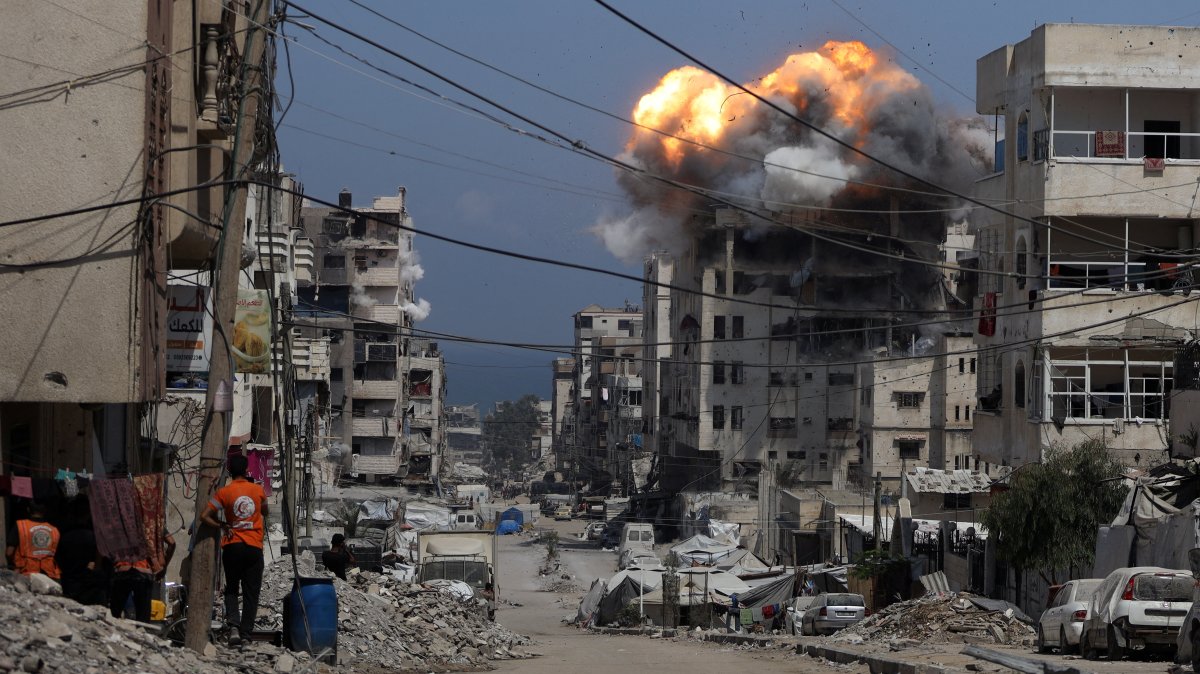










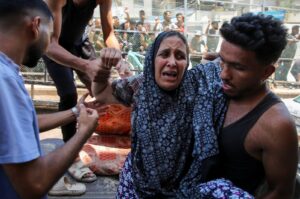
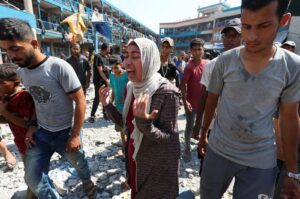
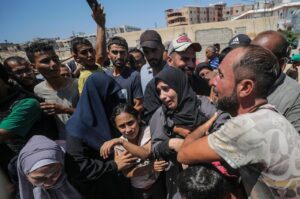

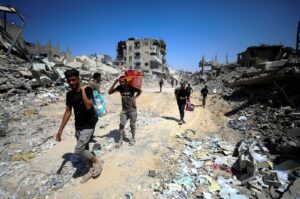


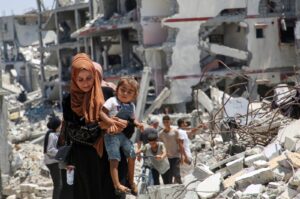
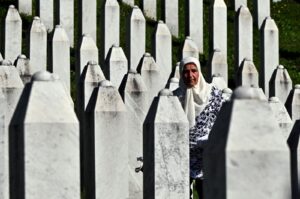


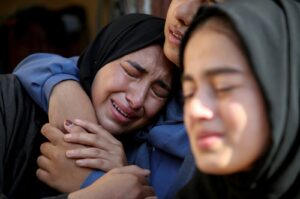


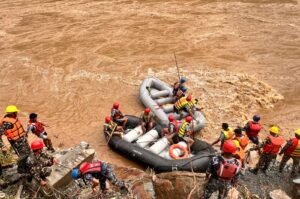


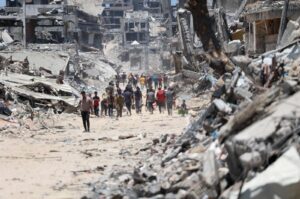
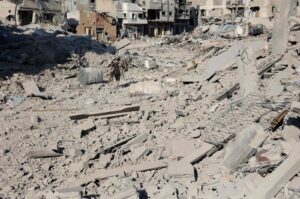
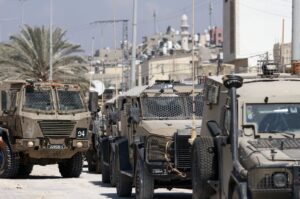

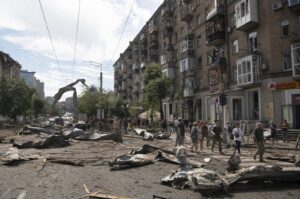

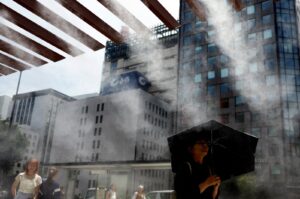








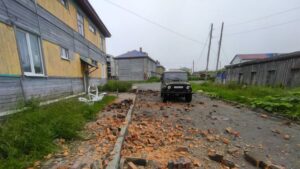
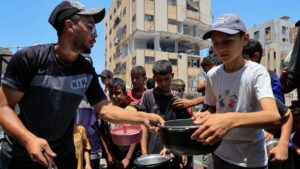





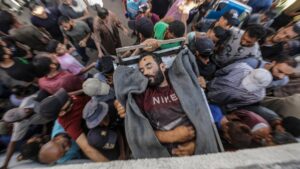
Be First to Comment